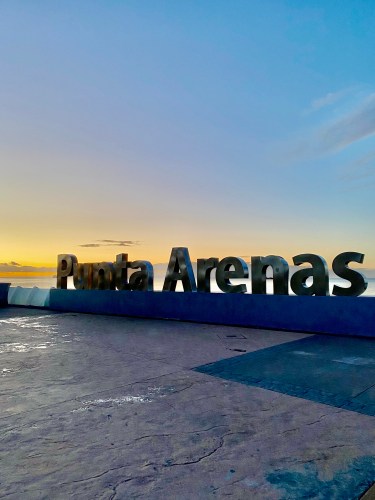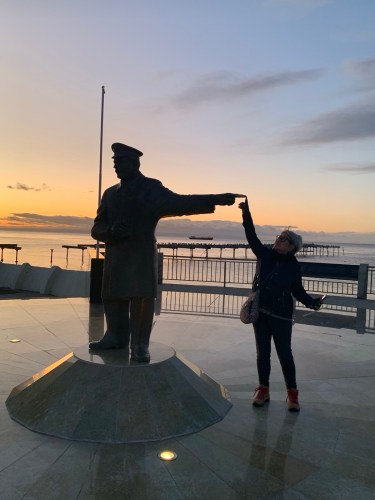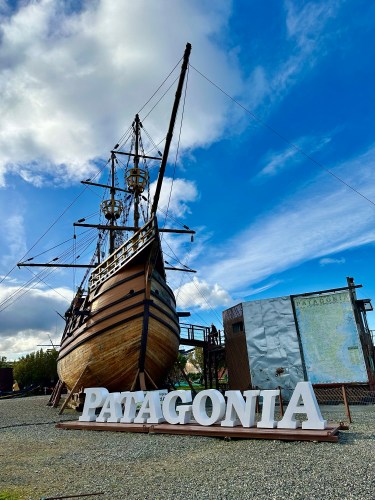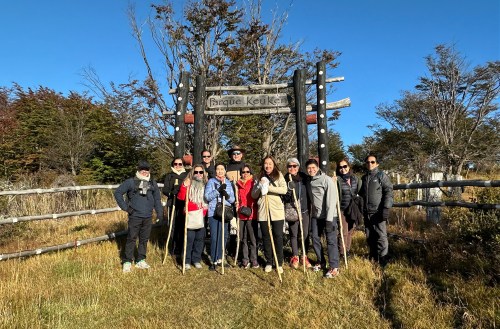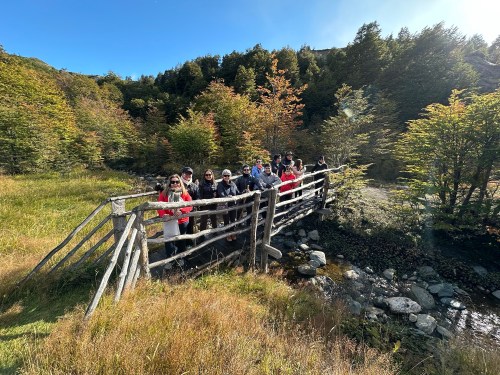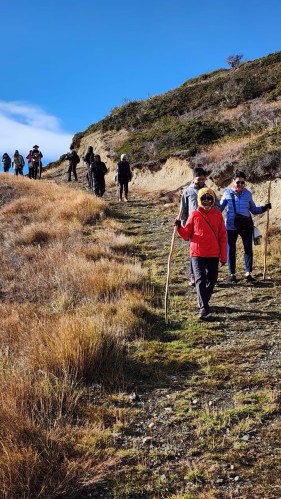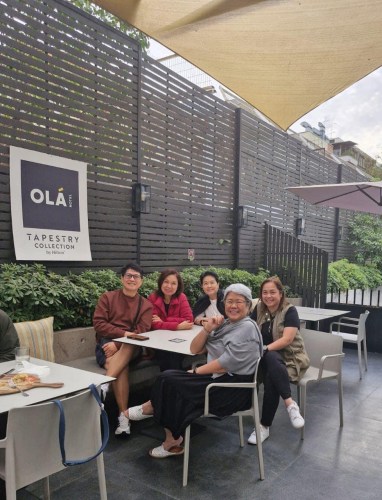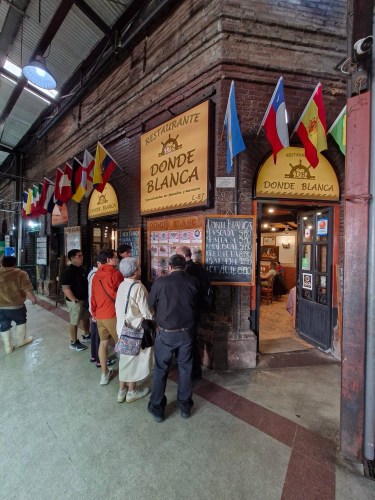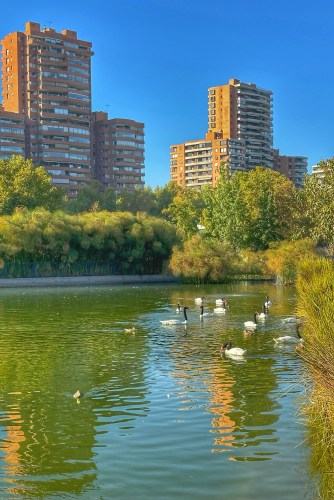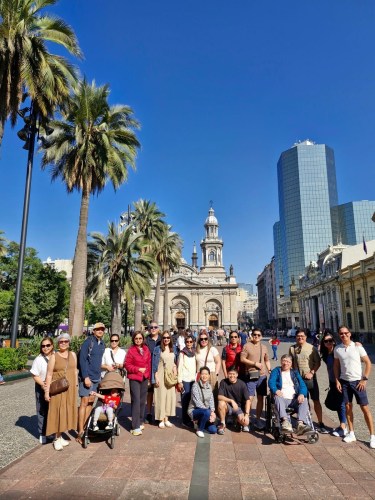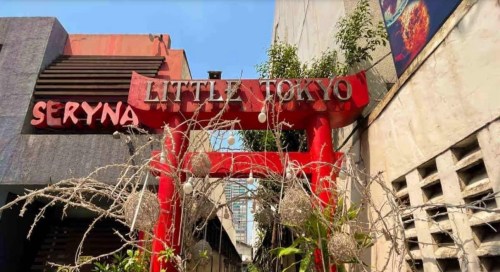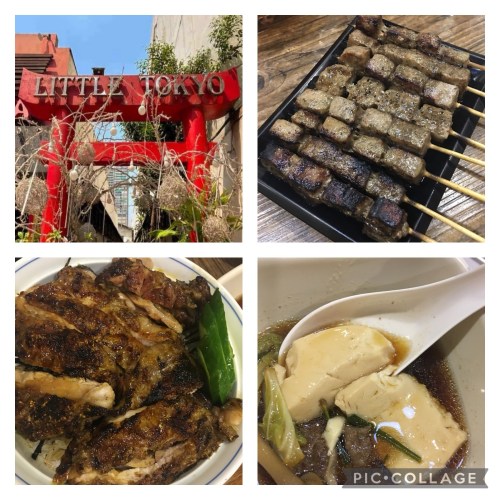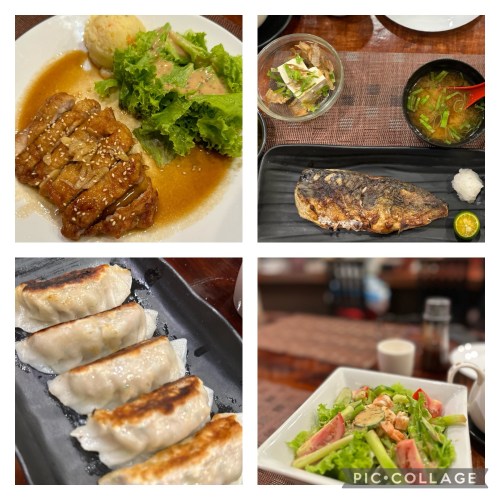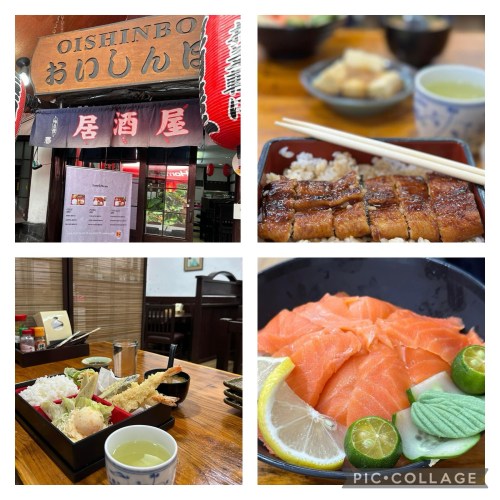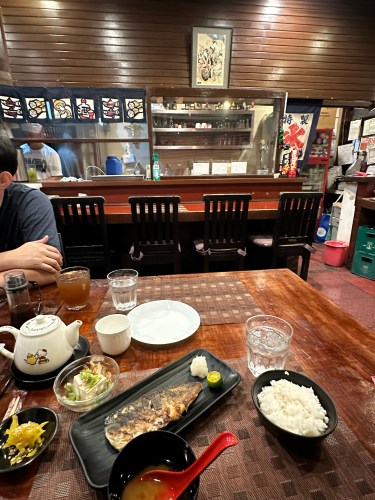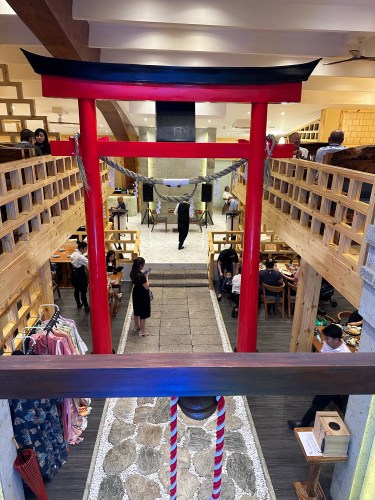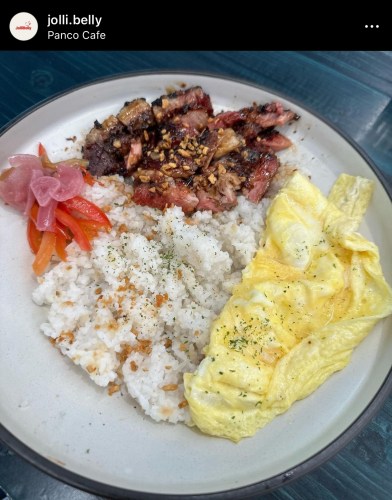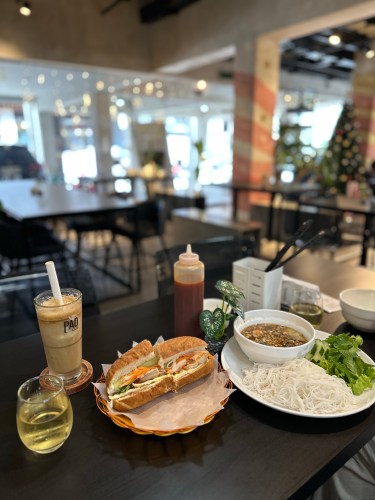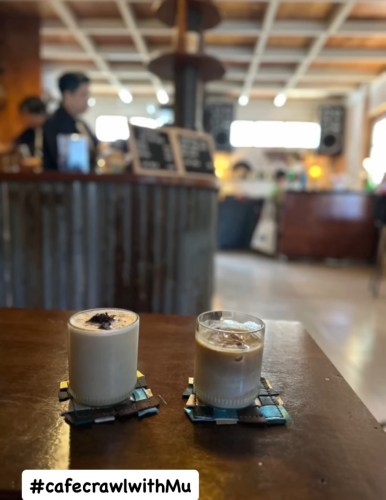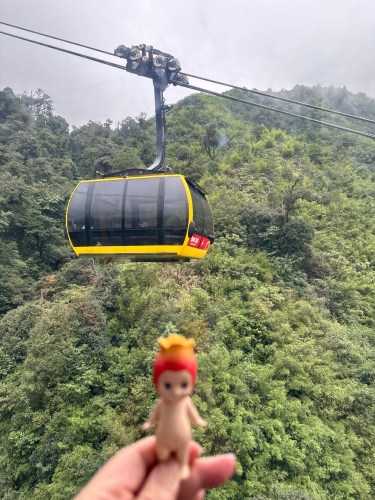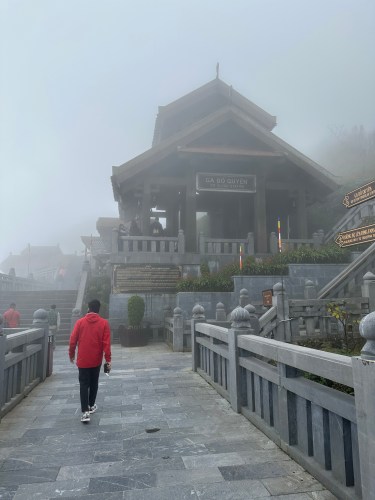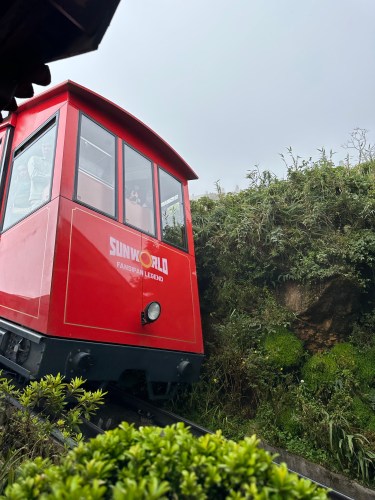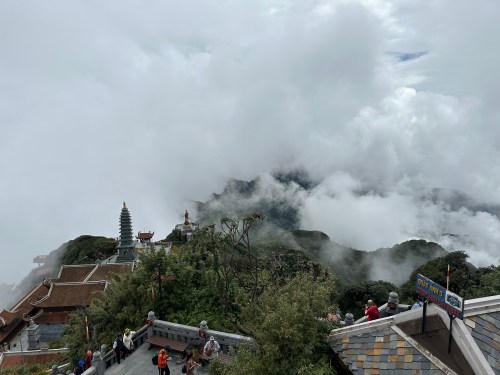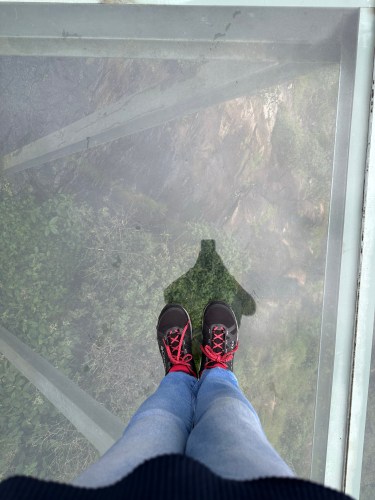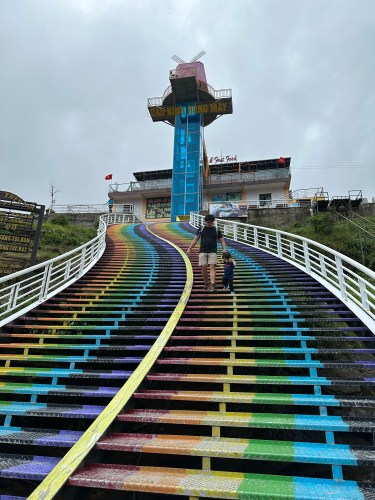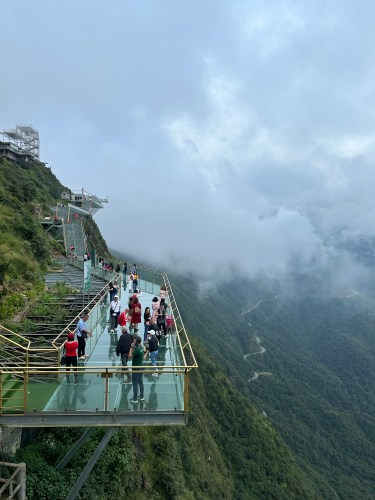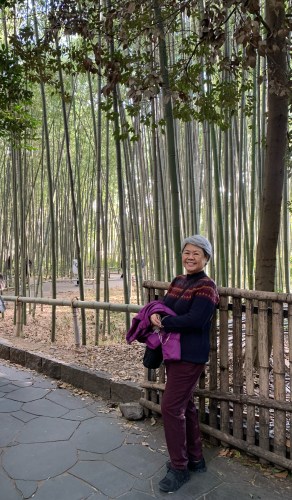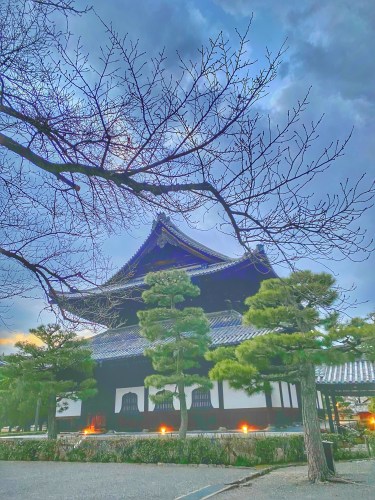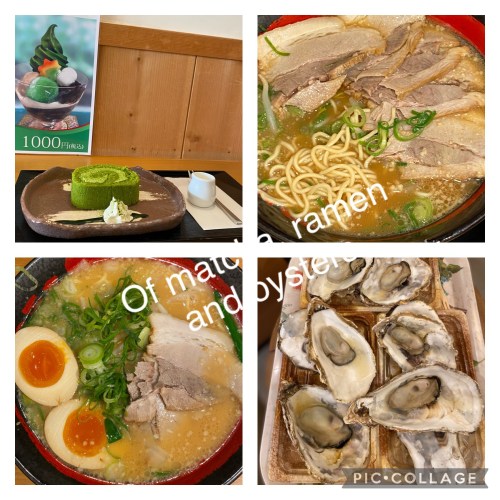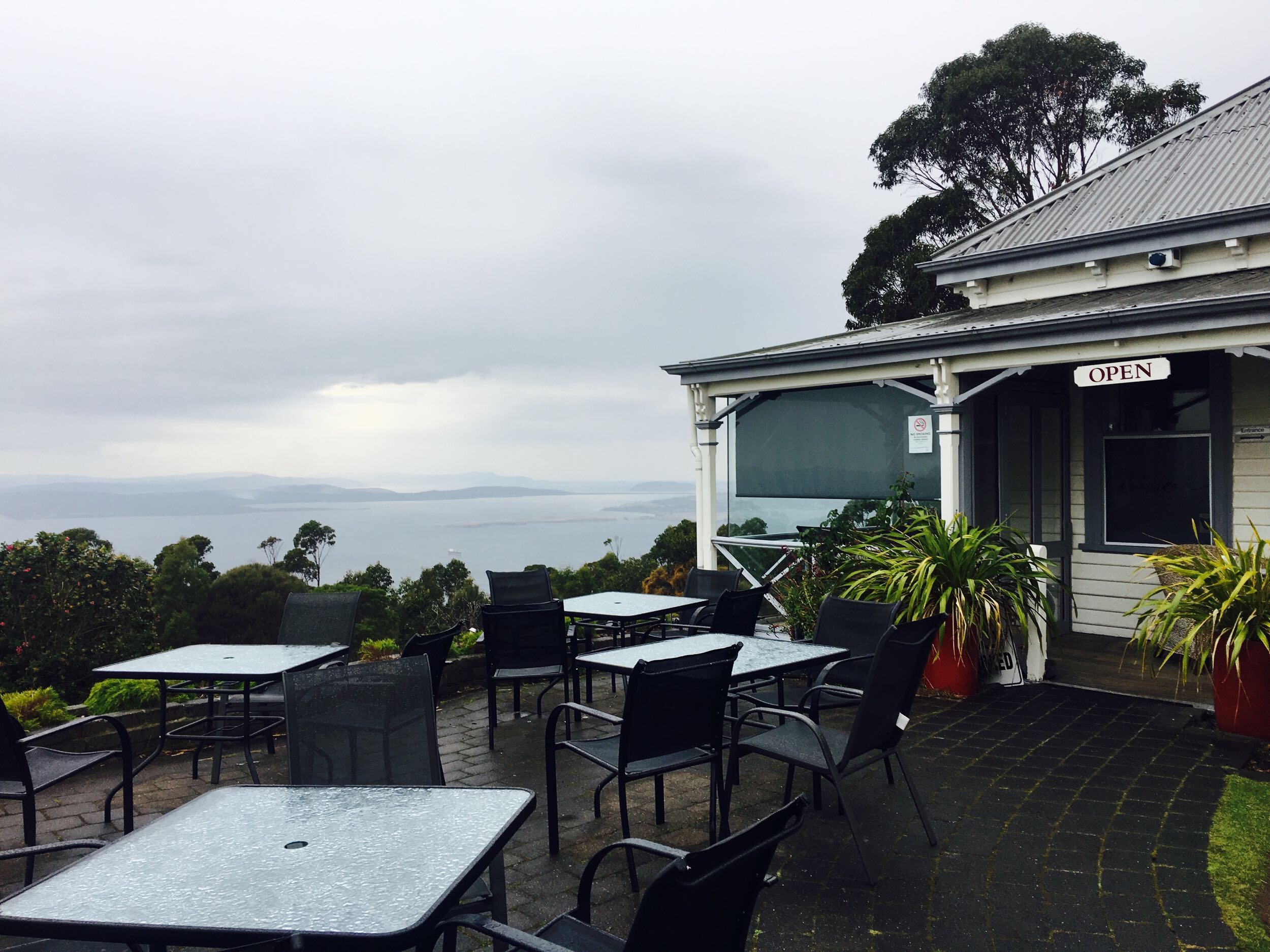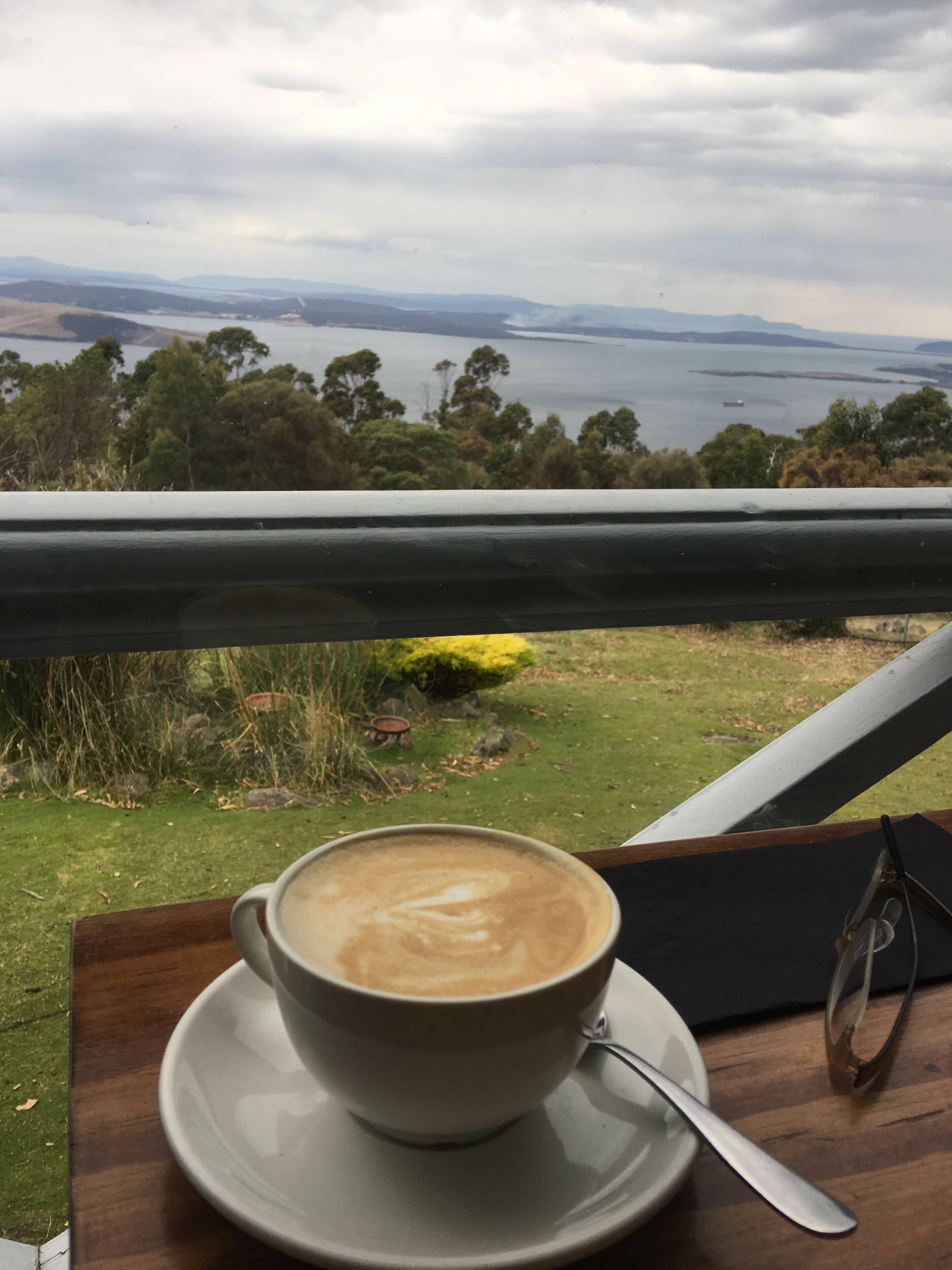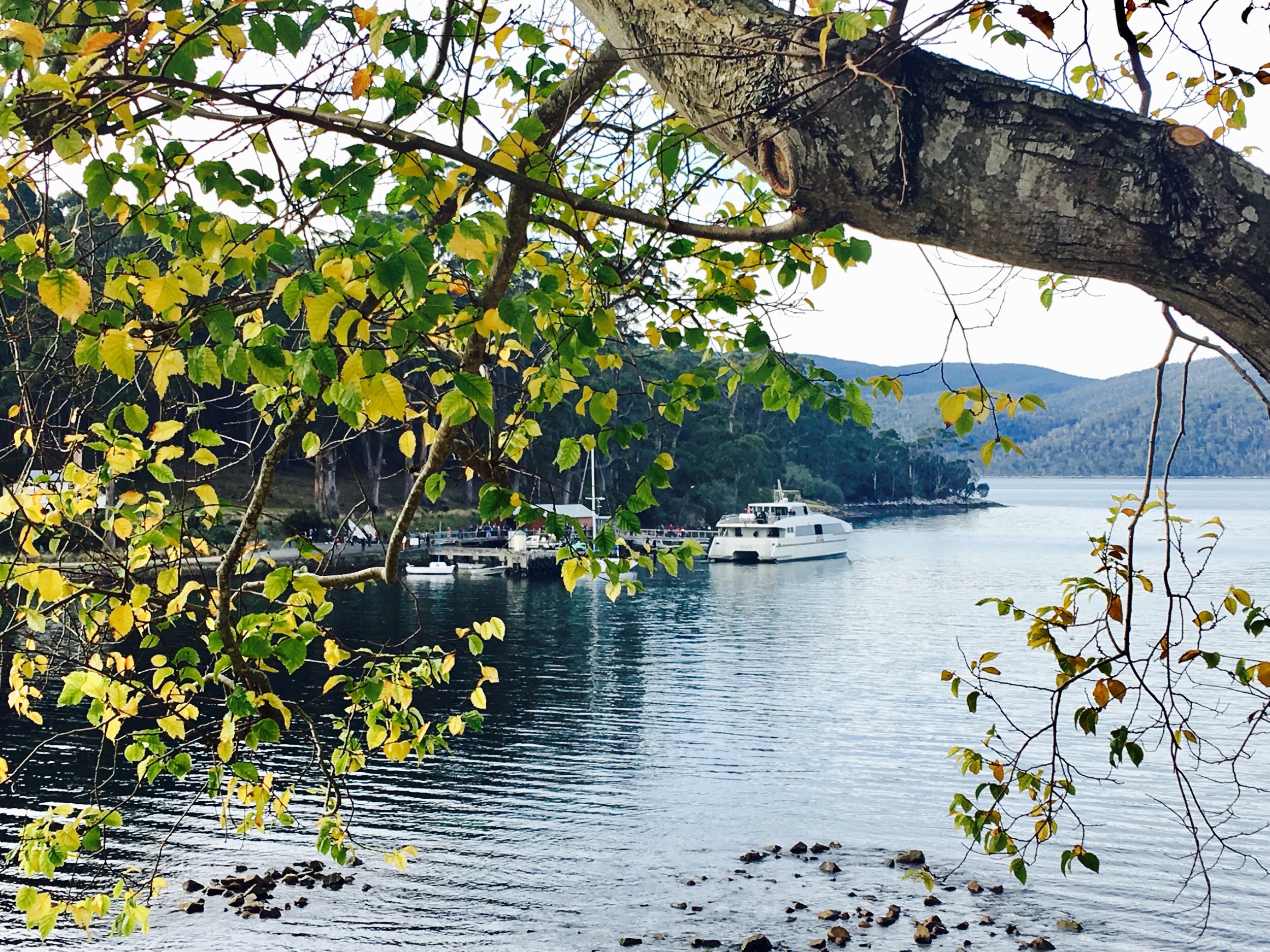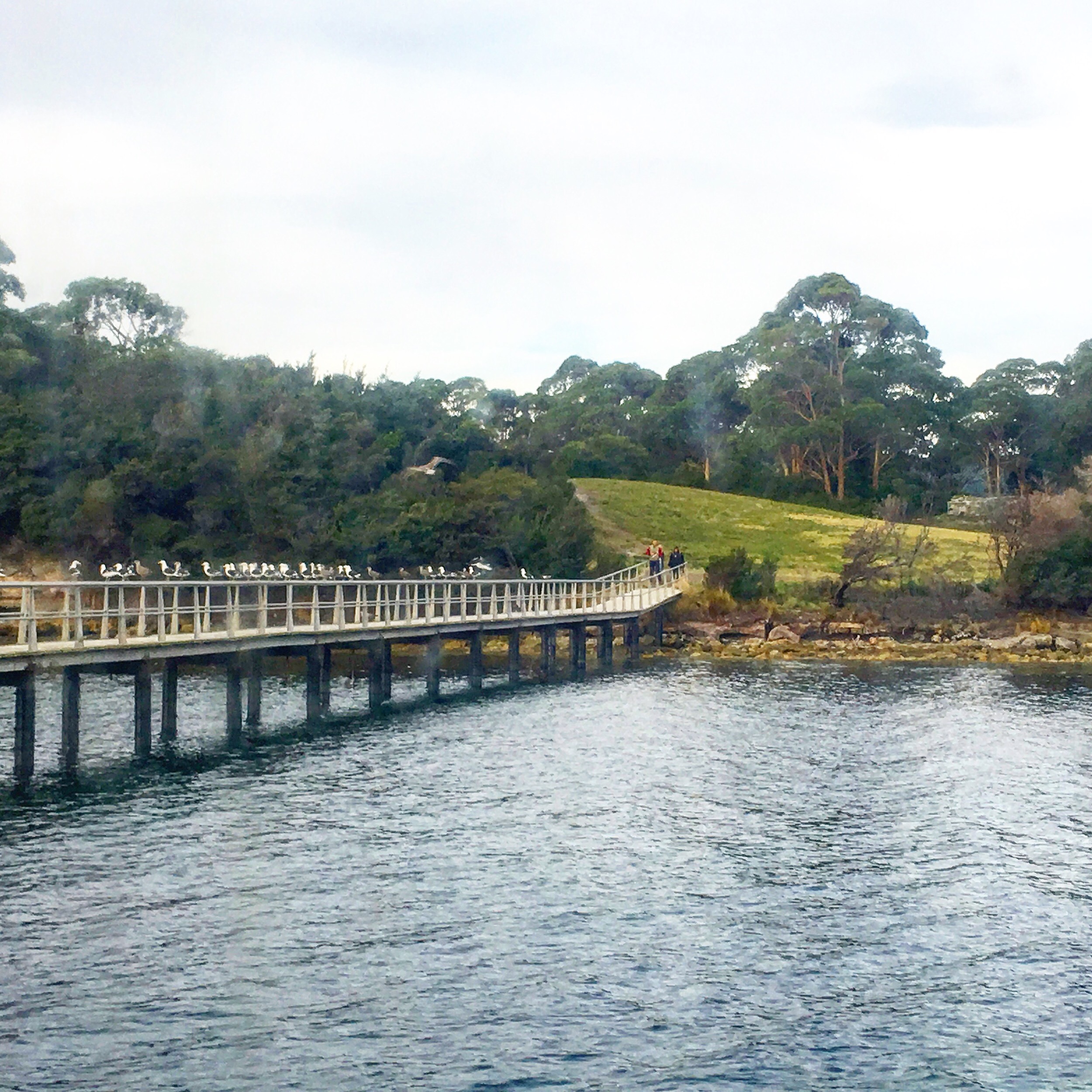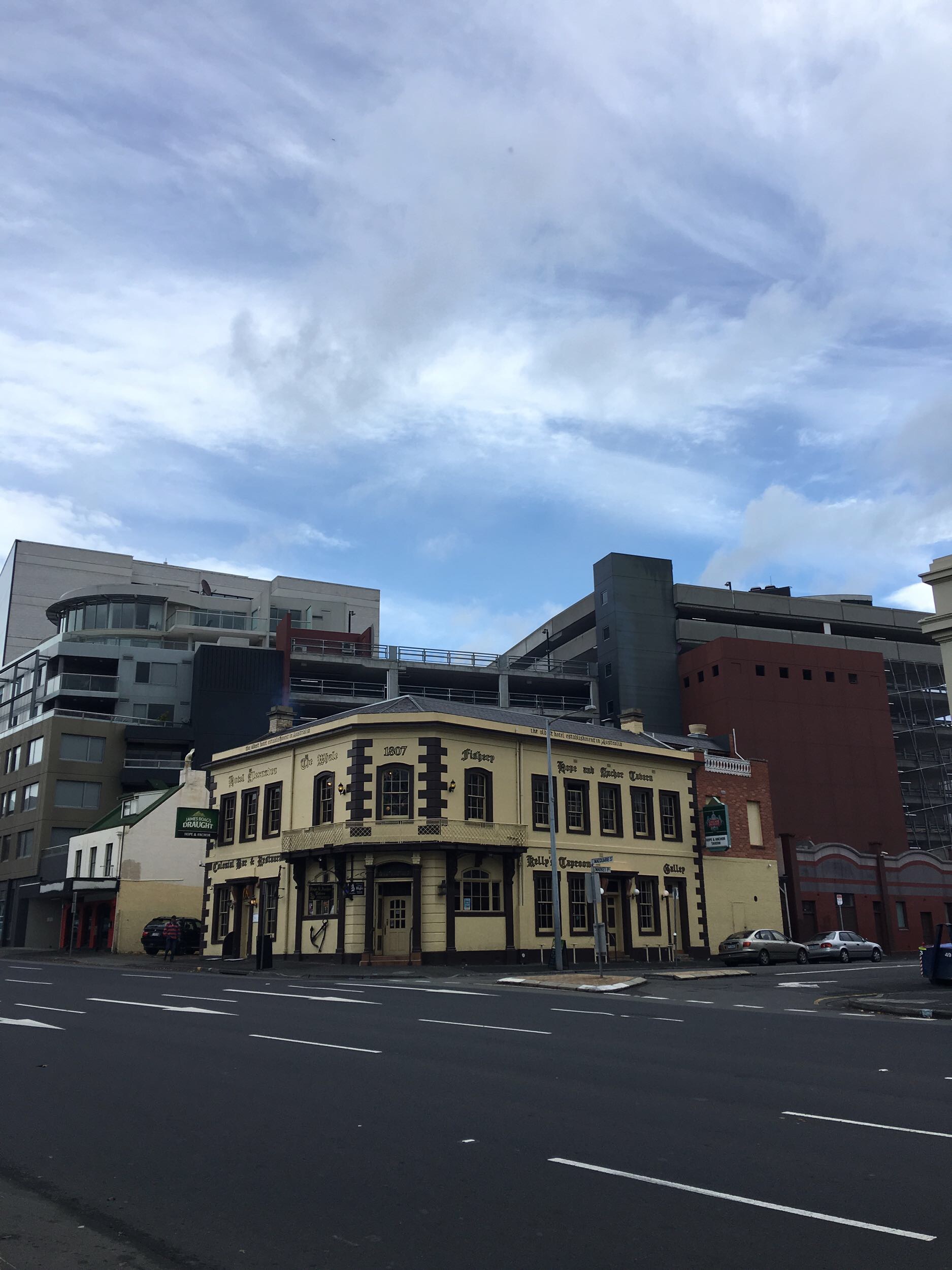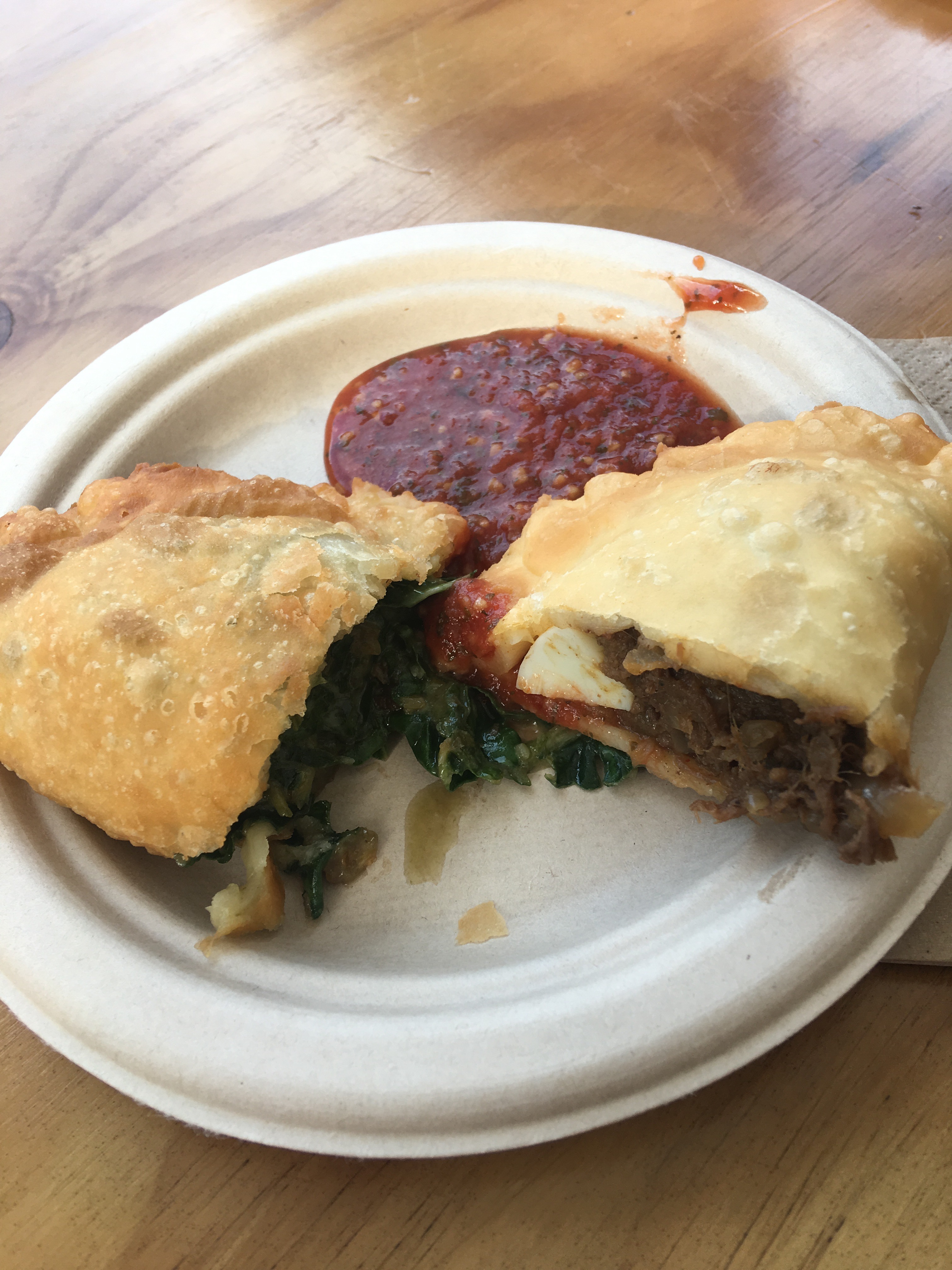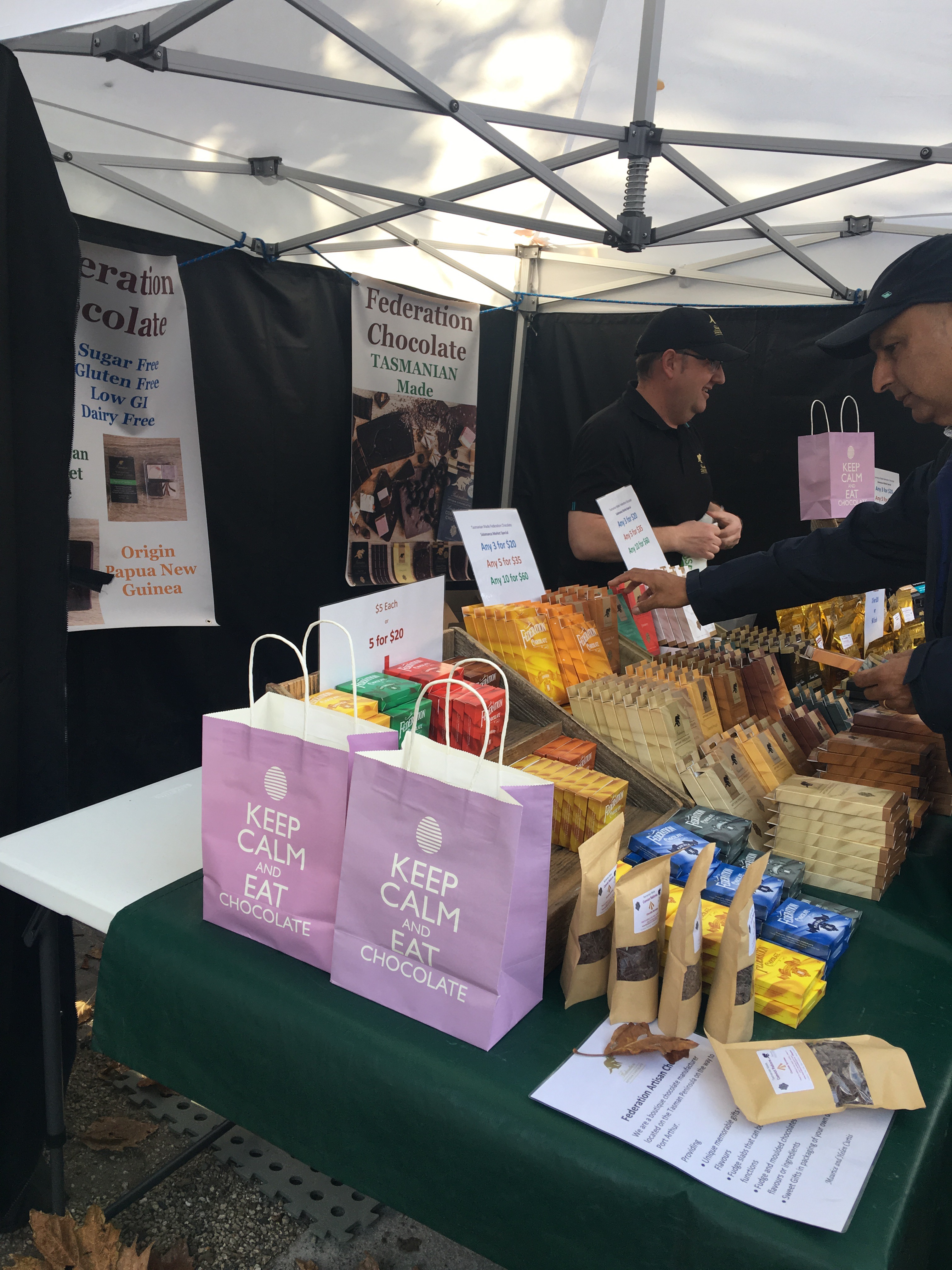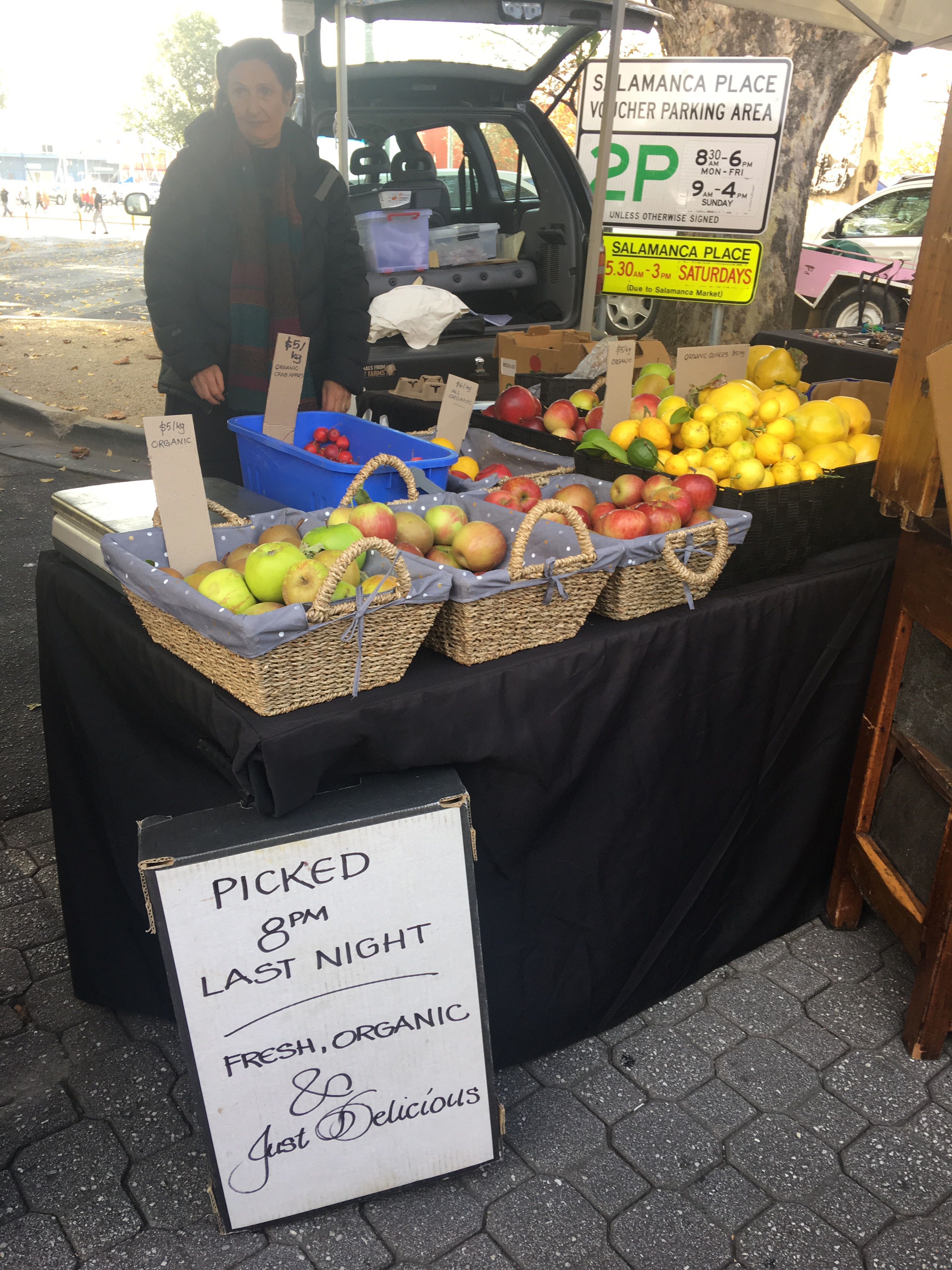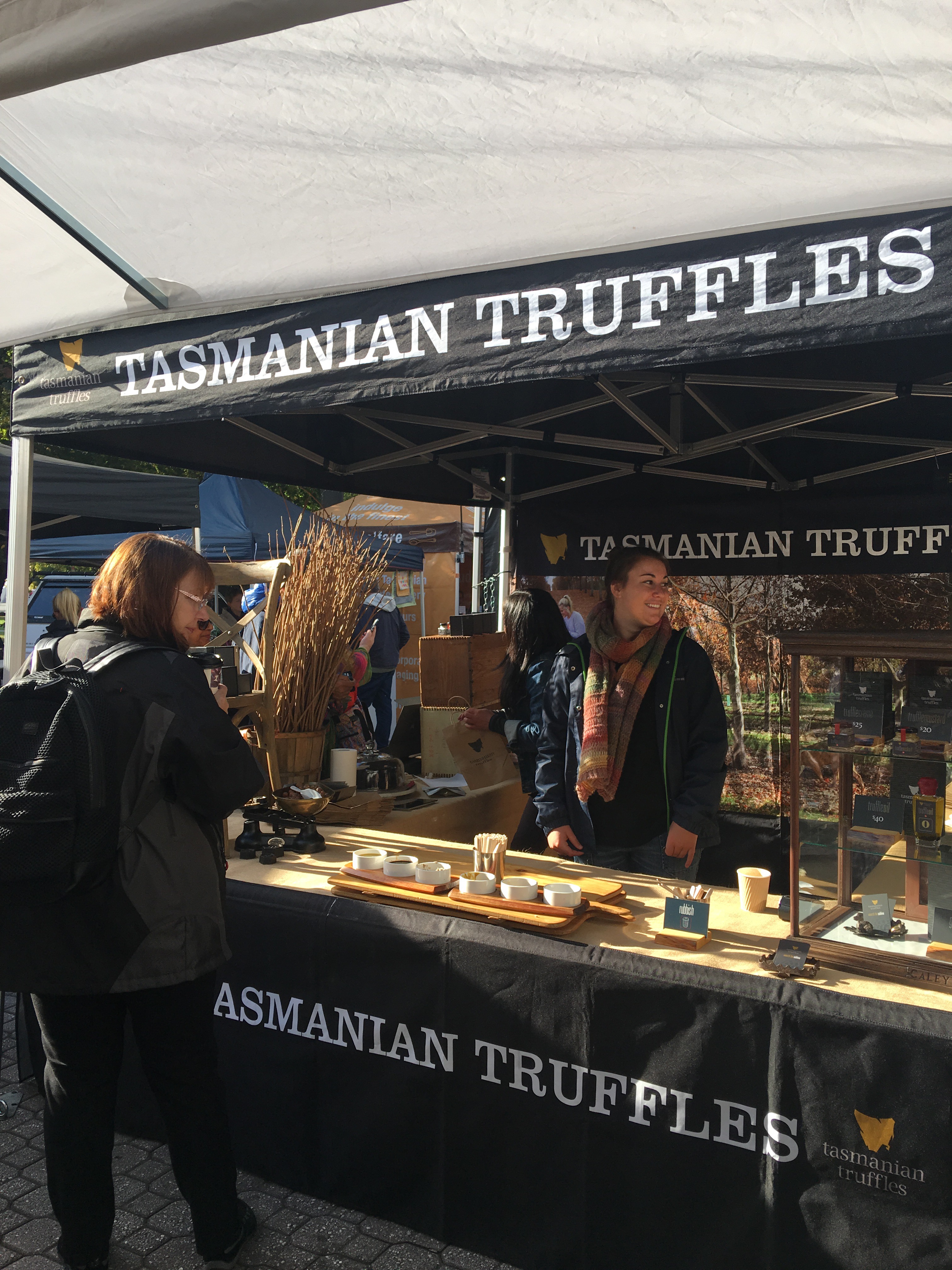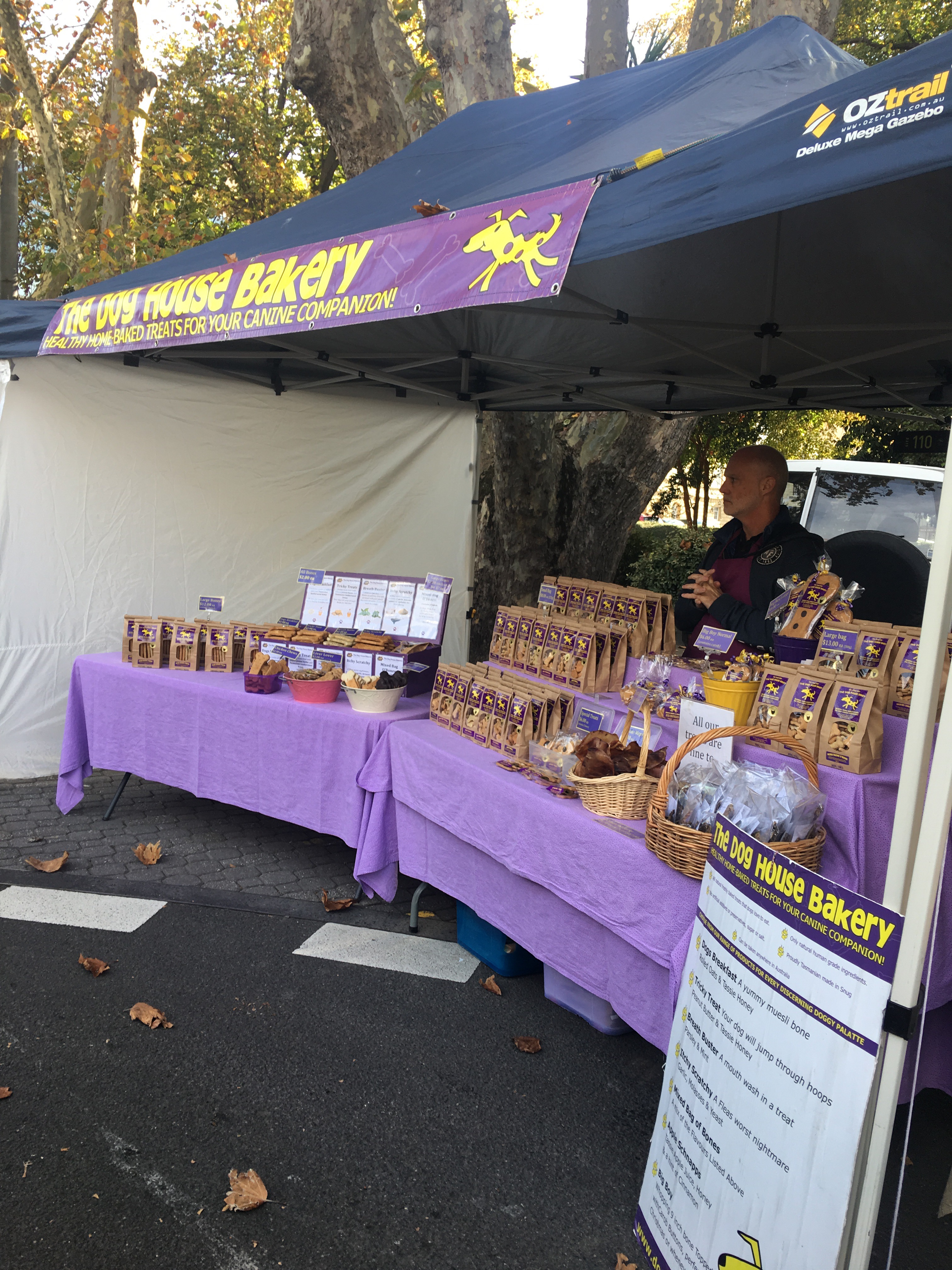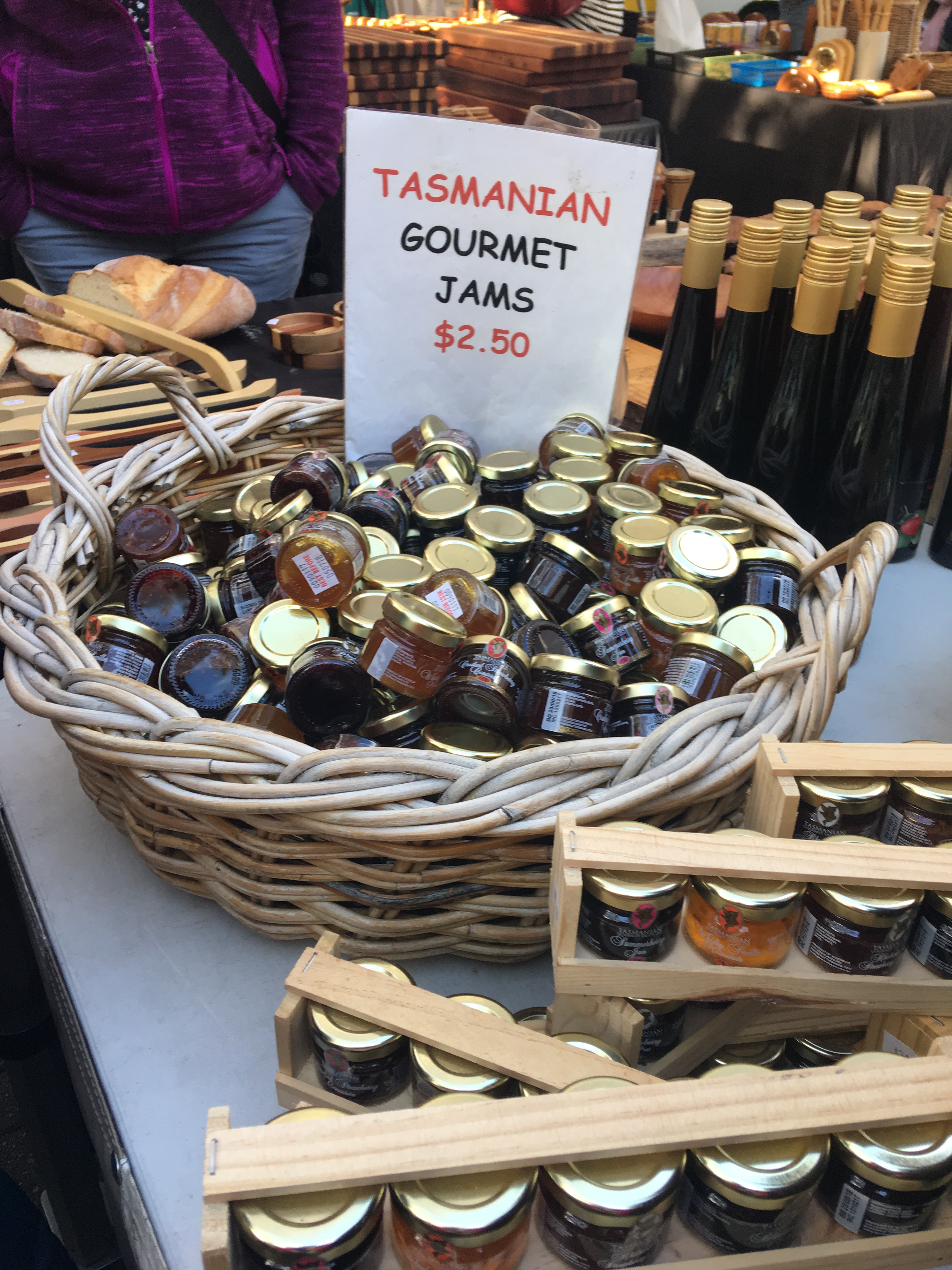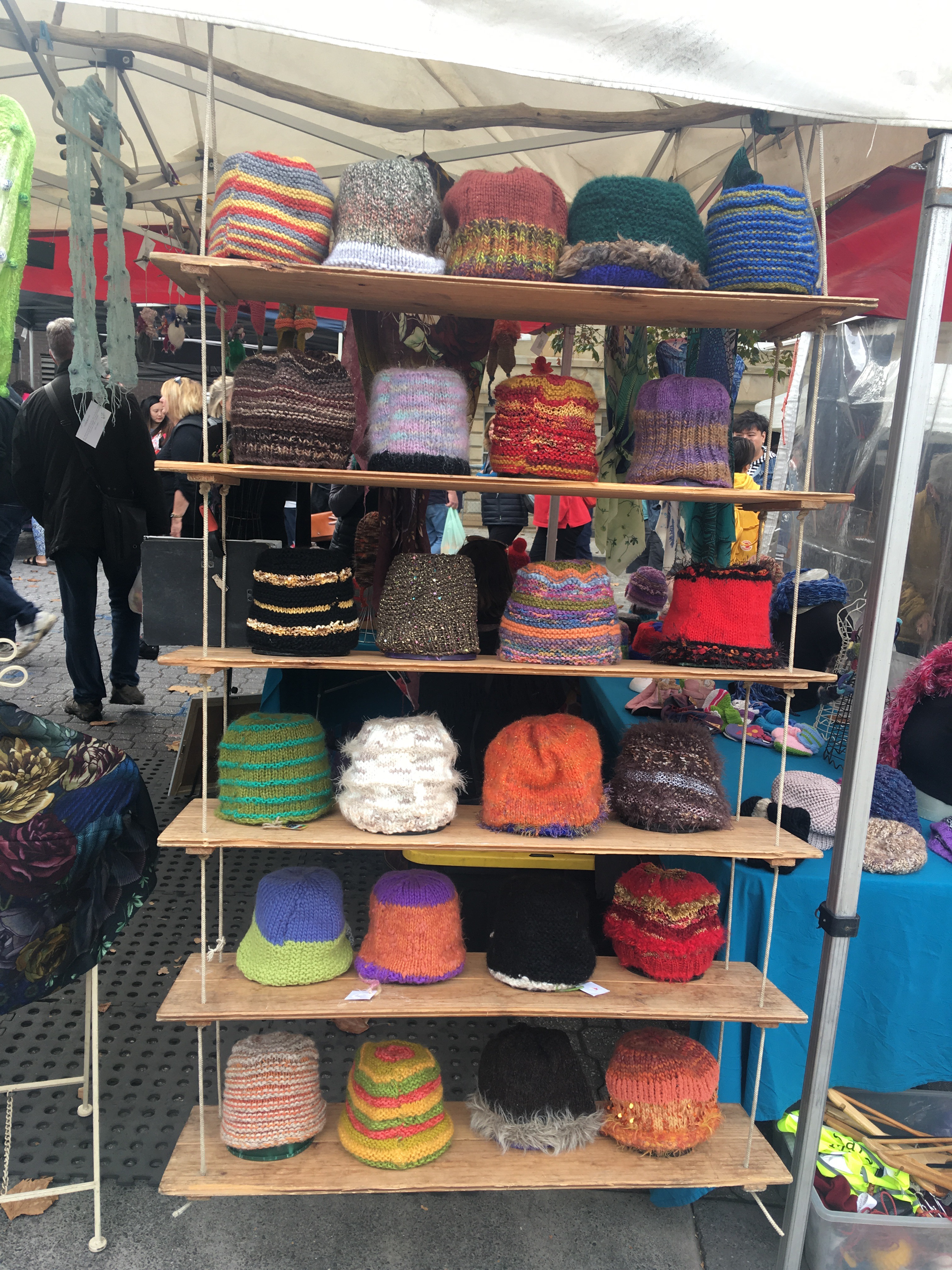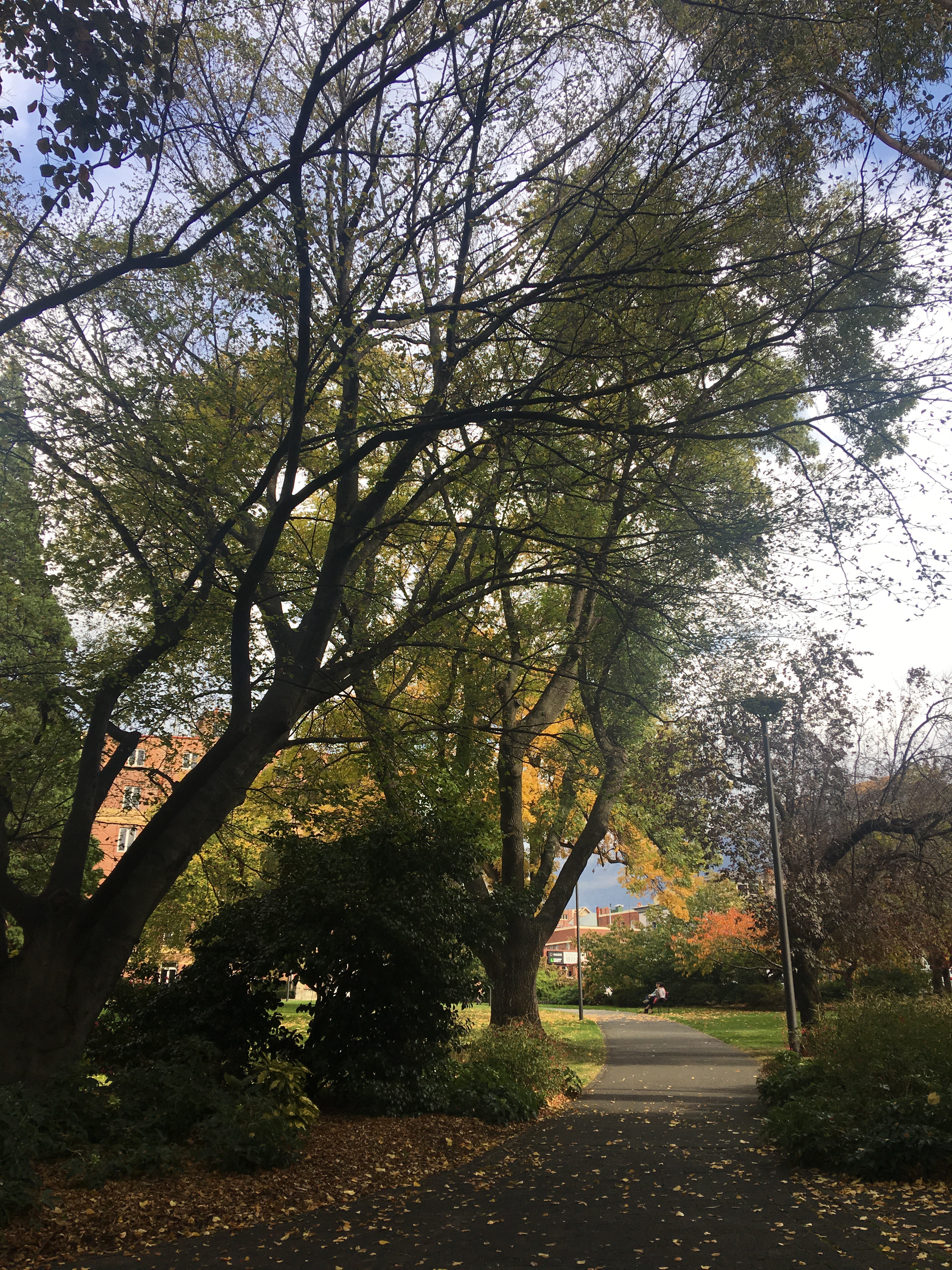Yes, I’m talking about St. Scholastica’s College standing on a 3.5 hectare-block hemmed in by 4 streets: Leon Guinto, Pablo Ocampo (formerly Vito Cruz), Singalong and Estrada. This college in Malate was established in 1906 and predates the neighbor campus of De La Salle University. Run by Benedictine sisters, St. Scho moved from a modest residential house in Tondo to San Marcelino (where Adamson University sits now) until it finally moved to its present Malate site in 1911. Of note is the fact that this college founded by German nuns pioneered formal music education and established a Conservatory of Music only a year after it was founded. At the time we visited, we were lucky to listen in on a pair of Music students practicing a Kundiman classic, “Pobreng Alindahaw”. Check out the YouTube link below.
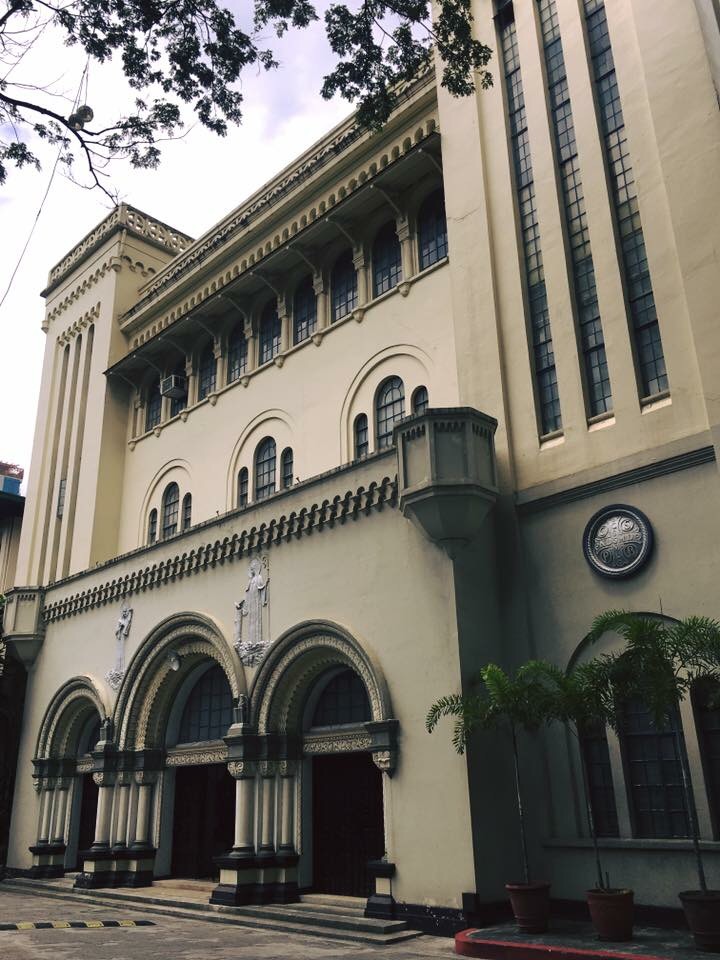
Photo Credit: Old Manila Walks

https://youtu.be/1T1fYBeYjdw
Art Deco adorns the campus chapel, the jewel-box theater, corridors, reliefs and many nooks and crannies. Despite the heat and humidity, we were enthralled by the Art Deco elements around us. Though ravaged by World War II, the post-war (from 1946) reconstruction of the school buildings was pursued and completed within a decade. Thanks to Ivan (Man Dy) who conducted the Manila Moderne Art Deco Walking Tour, we were educated and adequately guided to spot these oft-ignored details: the lines, zigzags, geometric patterns in all Deco-inspired heritage!
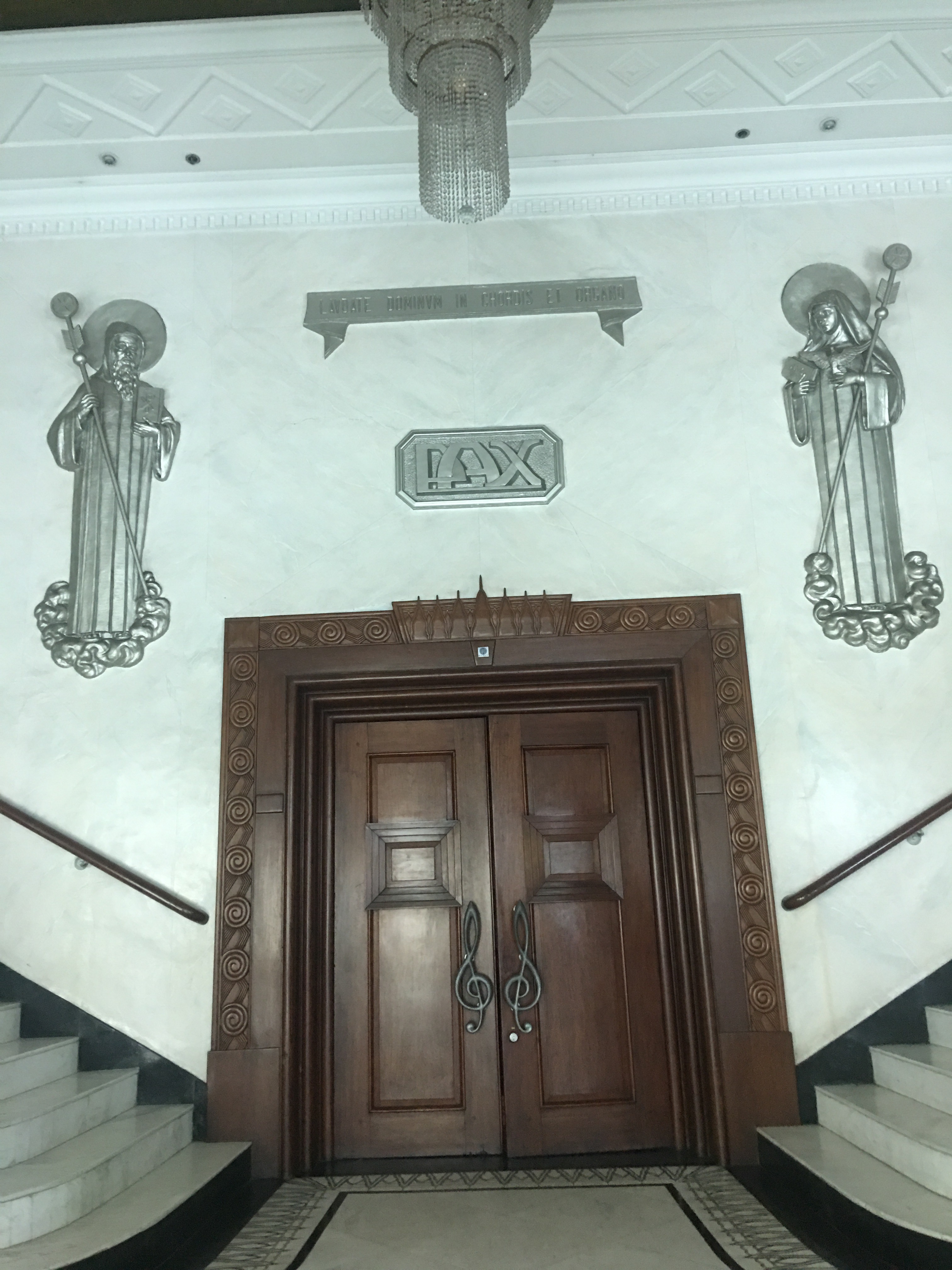

Art Deco here is not all colonial-American as I earlier understood. The architecture and style found in this campus lent itself to Bavarian influences as the chapel photo above shows. Another style is evident in the concert hall, aptly named St. Cecilia’s Hall. St. Cecilia is the patron Saint of musicians. And guess who was the architect of this premier concert venue of its time? No less than Andres Luna de San Pedro, son of Juan Luna who built the concert hall in the Egyptian Art Deco style.
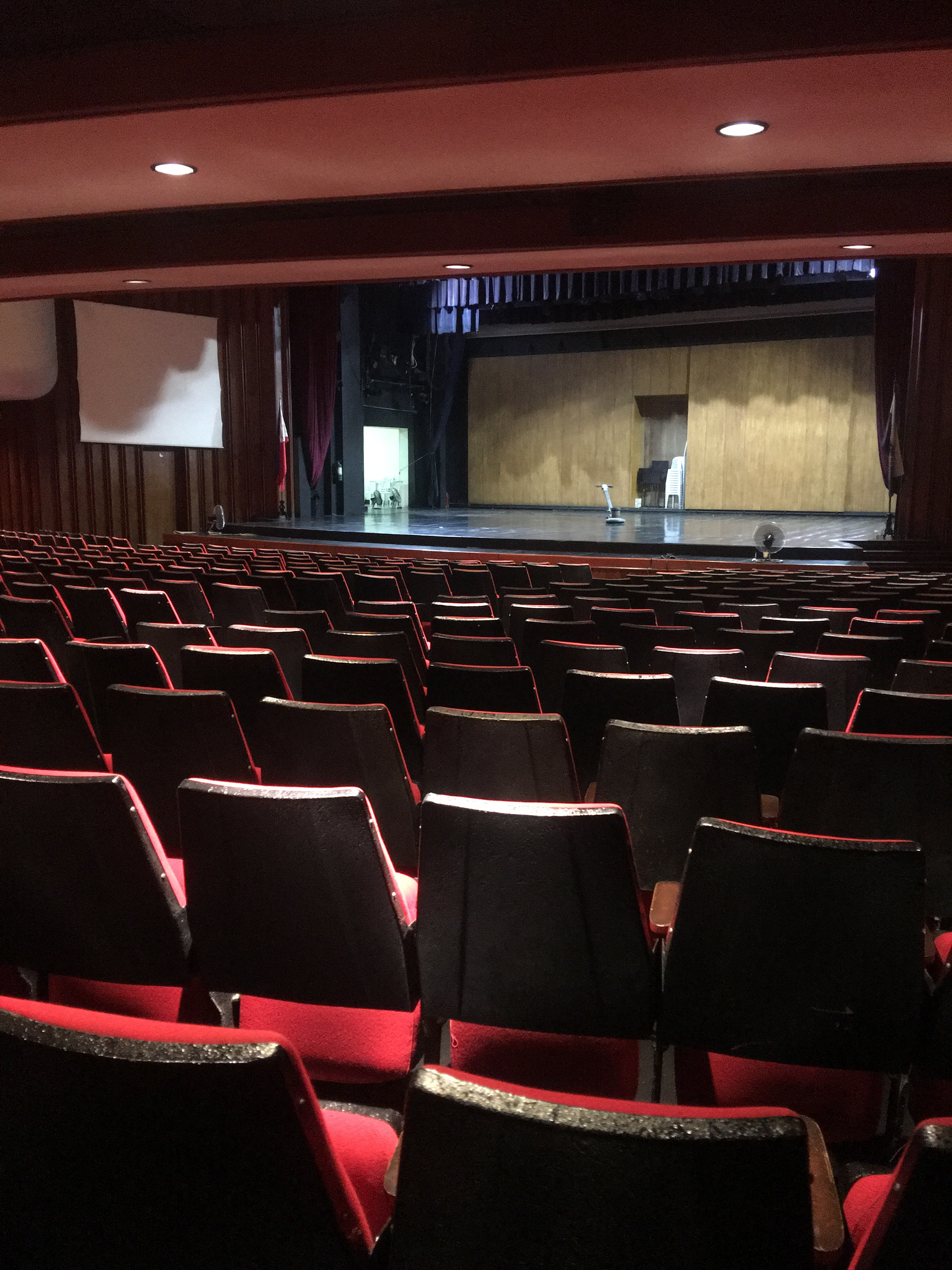
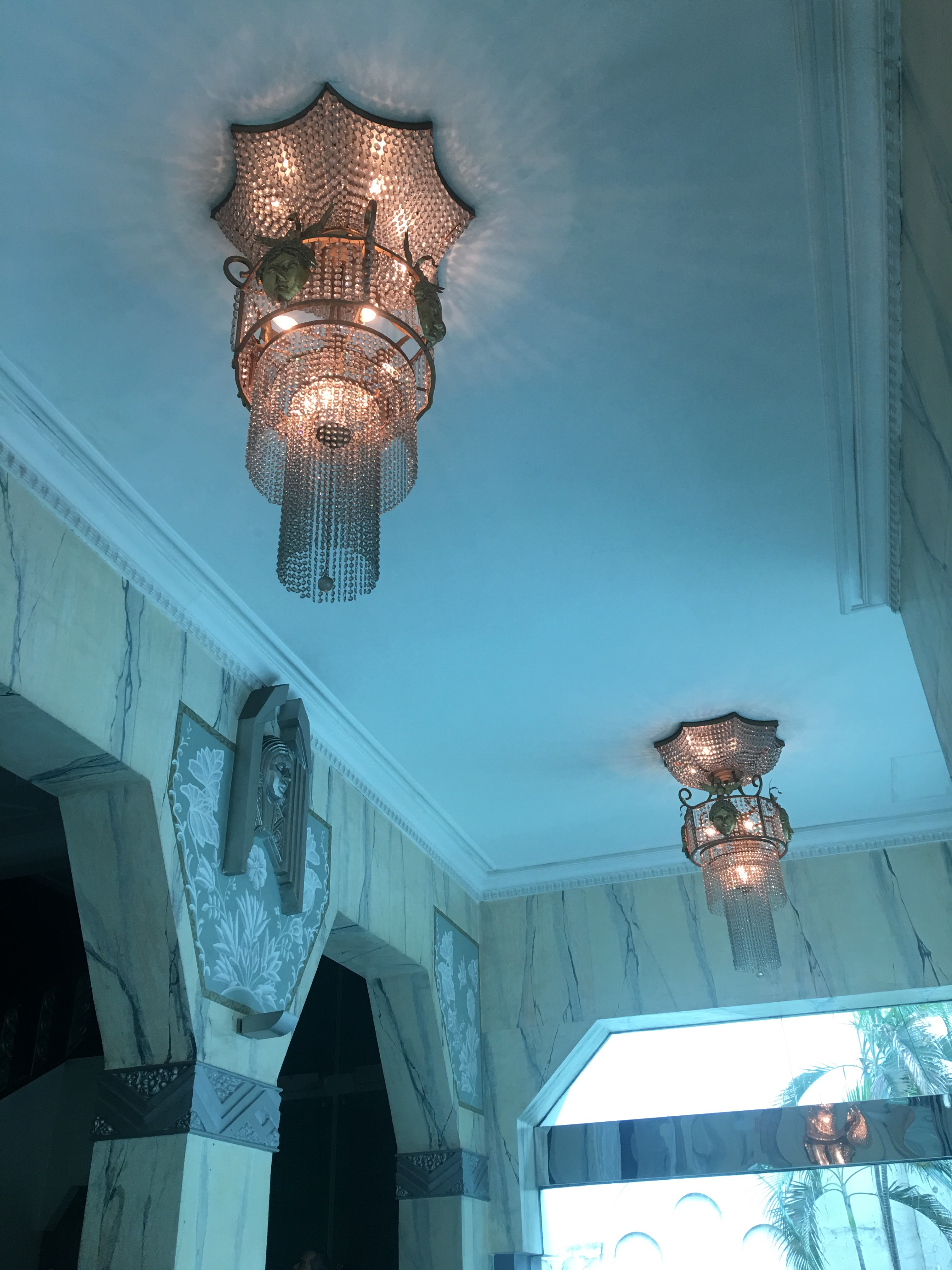
No wonder then that the National Historical Commission declared St. Cecilia’s Hall as a National Cultural Landmark. Notwithstanding that bigger concert halls and performing arts venues now exist, this iconic theatre hall was clearly the forerunner of the Cultural Center of the Philippines as many notable musical artists had their recitals and concerts here.
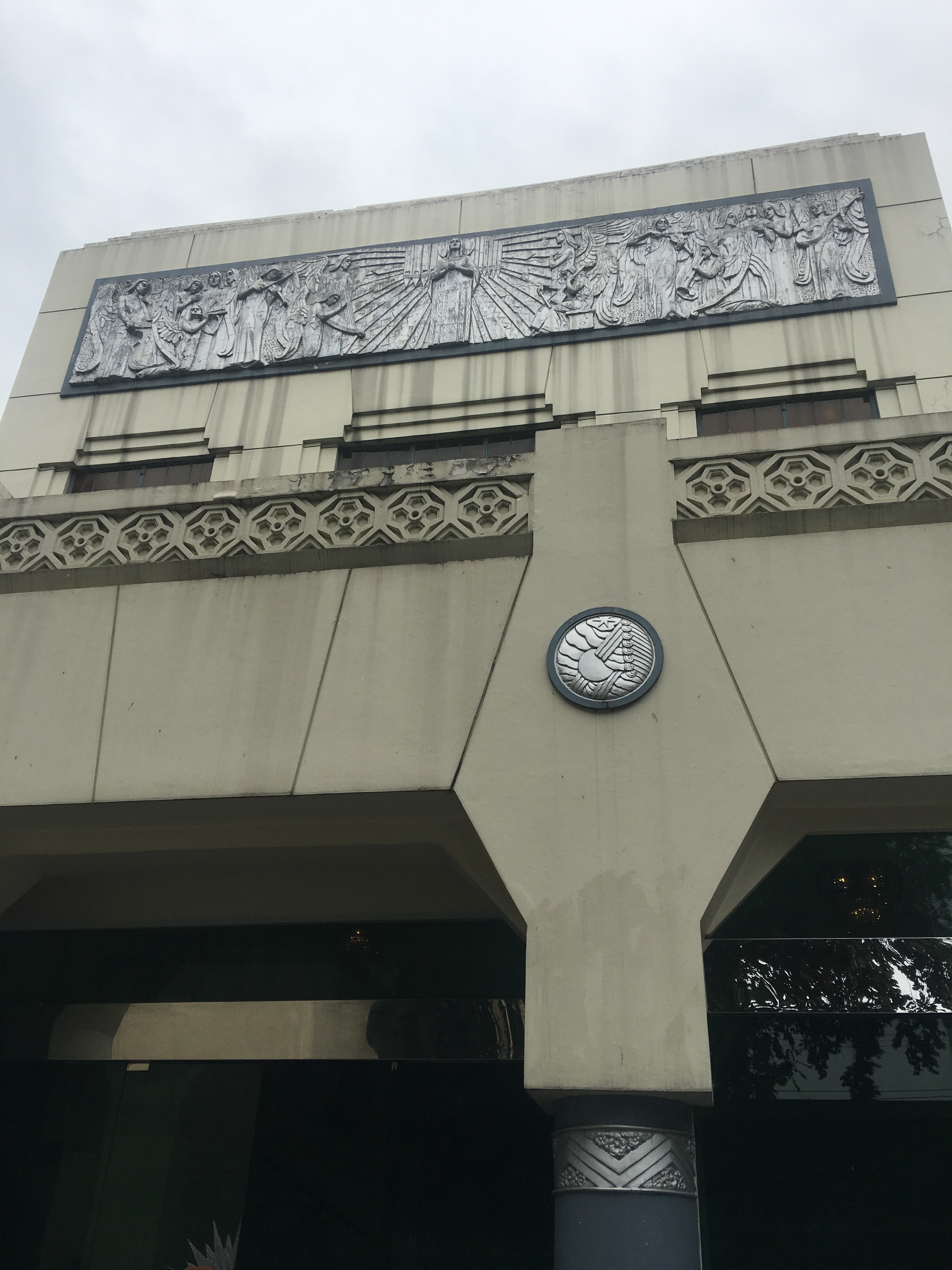

The Deco style manifests in the college’s courtyard, grand staircases, wrought-iron grills, ceiling art, sleek lines, arches, and geometric shapes adorning walls and columns. Such inspiration for its many outstanding alumnae which counts one President (Cory Aquino), 2 beauty world titlists (Gloria Diaz and Aurora Pijuan), and the first woman Supreme Court Justice (Cecilia Muñoz-Palma).

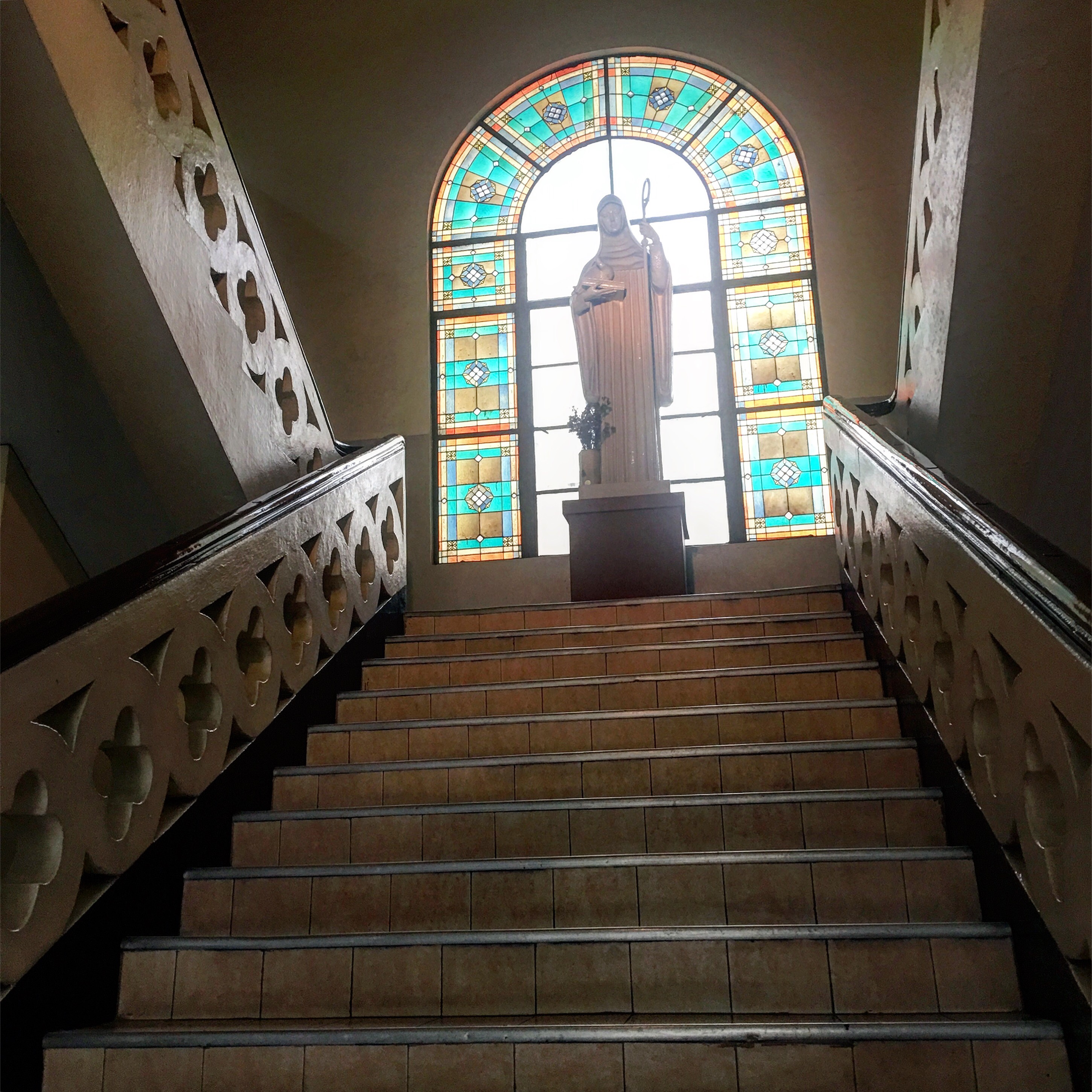
We often forget that many of our universities and colleges are hidden cultural gems, having withstood the test of time. Though many were bombed out in the last war, thankfully their reconstruction restored many of the architectural elements prevailing at the time. After this walking tour, I am now inclined to visit as many campuses within and outside Manila. Yes. Before some idiot think of demolishing old buildings which have been part of our history.


